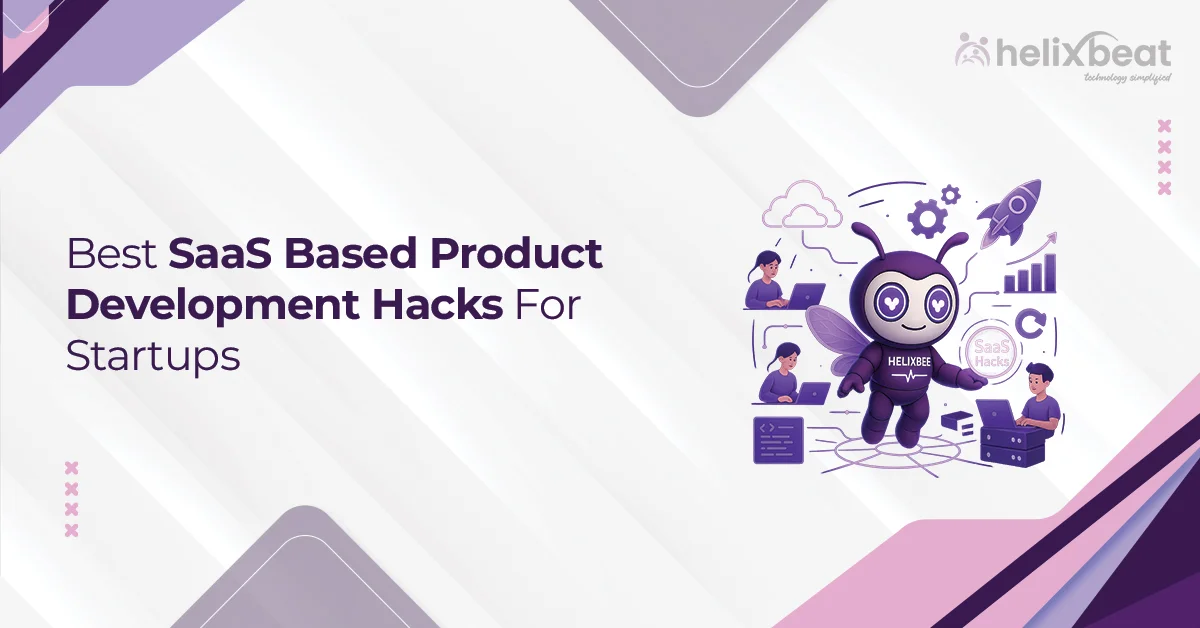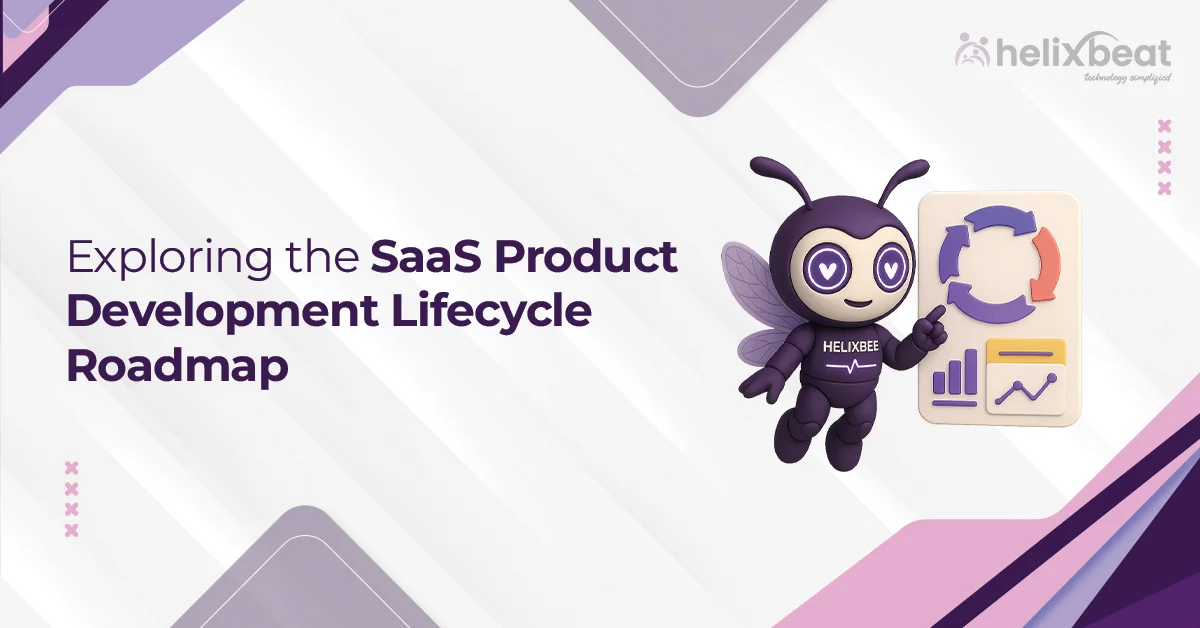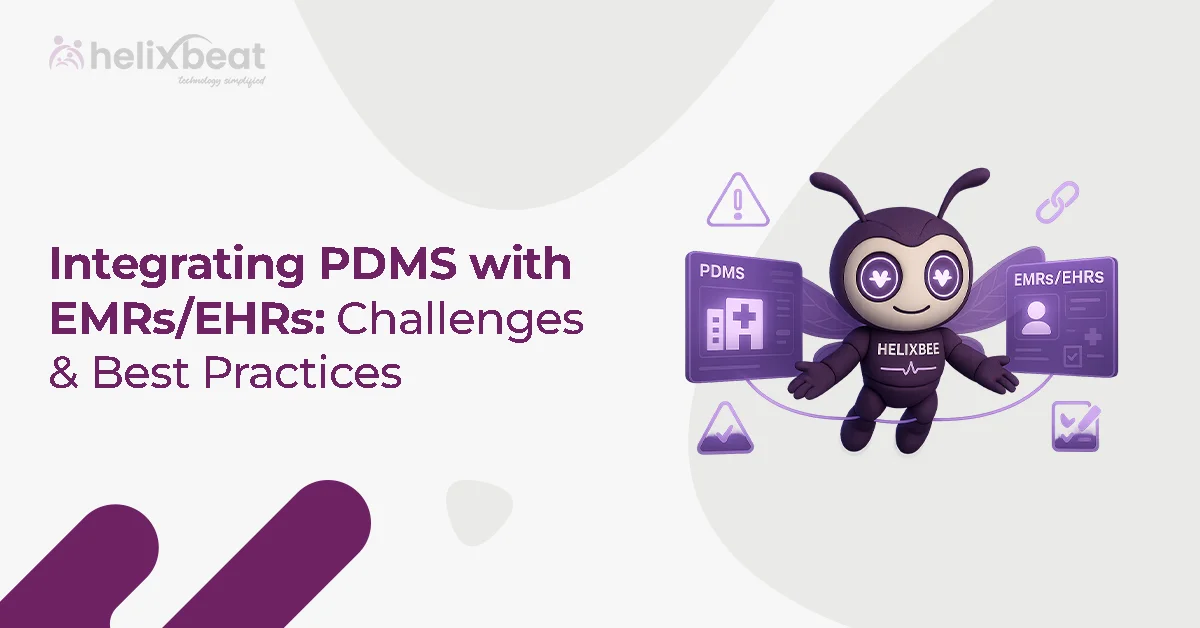Nowadays, many businesses struggle with product development because they lack a clear and organized approach. Some startups rush into coding without proper planning. They skip essential steps like market research and user feedback, resulting in wasted time and effort.
This common problem highlights why a structured product development process is essential. It breaks down the journey into manageable product development stages, helping teams avoid costly mistakes and stay focused on what customers really need.
In 2025, having a strong product development strategy is not just helpful; businesses must compete, innovate, and grow sustainably. In this blog, we’ll walk you through the seven essential stages of the product development process and the advantages of product development.

Table of Contents
What do you mean by Product Development Process?
The product development process refers to the series of steps a company follows to create a new product or improve an existing one. It’s a structured approach that takes an idea from the initial concept all the way to a finished product ready for the market.
This process involves multiple stages, such as brainstorming ideas, evaluating their feasibility, designing, testing prototypes, and finally launching the product. The goal is to develop products that meet customer needs systematically, align with business goals, and perform well in the market.
By following a defined product development process, businesses can reduce risks, control costs, and increase the chances of product success. It also helps teams stay organized, collaborate effectively, and respond quickly to feedback and changes.
7 Stages of Product Development Process in 2025
The product development process follows seven key stages that guide an idea from concept to market success. Each stage is crucial and helps reduce risks while increasing the chances of delivering a product that customers love.
1. Idea Generation
This is the starting point where fresh ideas are gathered from various sources, including customers, employees, competitors, and market trends. For example, Apple often gathers ideas by studying customer feedback and industry trends before developing a new iPhone feature. According to a 2023 survey, companies that conduct market research are 30% more likely to launch successful products.
Additionally, brainstorming sessions and innovation workshops are common methods companies use to spark creativity and generate diverse ideas quickly.
2. Idea Screening
Not every idea is practical or profitable. This stage filters out weak or risky ideas. For example, a company might discard an idea for a product that requires technology that is not yet available or is too costly to produce. Research shows that around 70% of ideas get rejected during this phase to focus resources on promising ones.
This screening also involves checking alignment with company goals and market fit to prevent investing in ideas that don’t match the brand or customer expectations.
3. Concept Development and Testing
Here, the best ideas are turned into detailed concepts. These are shared with target customers for feedback. For example, Tesla tests new car features with select customers to understand what works and what needs improvement. Studies show that products tested with real users before launch have a 50% increase in user satisfaction rates.
During this stage, companies also refine the product’s features, benefits, and positioning based on feedback to meet customer needs better.
4. Business Analysis
This stage involves crunching numbers, estimating production costs, pricing, market size, and sales forecasts. For example, a startup may use this analysis to decide whether launching a new fitness tracker will be profitable in a competitive market.
Companies also analyze competitor offerings and market trends during this phase to identify opportunities and threats.
5. Product Development
Now, it’s time to build the actual product or prototype. For instance, software companies create minimum viable products (MVPs) to test core features quickly and gather user feedback. According to a 2022 report, companies using prototypes can cut development time by 30%, saving both time and money.
This stage often involves cross-functional collaboration between design, engineering, and marketing teams to create a product that is both functional and market-ready.
6. Market Testing
Before a full launch, the product is introduced to a smaller market segment. For example, food companies often launch new flavors regionally before going nationwide. This helps spot any final tweaks needed.
Feedback gathered during market testing is critical to make adjustments to pricing, packaging, or marketing messages to better resonate with the target audience.
7. Commercialization
Finally, the product is launched fully with marketing, sales, and distribution efforts. For example, Nike’s global launch campaigns create huge demand for new shoe models. Statistics show that successful commercialization strategies can boost first-year sales by 25% or more.
After launch, companies closely monitor customer feedback and sales performance to plan for product improvements or additional features in future versions.
4 Different Types of Product Development in Every Business
Product development is not a one-size-fits-all process. Depending on the business goals and market needs, companies use different approaches to develop products. Here are the four main types of product development:
1. New Product Development
This type involves creating entirely new products that didn’t exist before. For example, when Tesla introduced its electric cars, it was a completely new product category that changed the automotive industry. New product development focuses on innovation and capturing new markets.
2. Product Improvement
This involves making existing products better by adding new features, improving quality, or enhancing performance. For example, smartphone manufacturers regularly release upgraded versions with better cameras or faster processors. This type helps companies stay competitive by keeping products fresh and appealing.
3. Product Line Extension
Here, businesses add new variations or models to an existing product line to target different customer needs or preferences. For example, Coca-Cola offers different flavors and sugar-free versions under the same brand name. Product line extensions help attract new customers without developing a brand-new product from scratch.
4. Diversification
This type refers to developing products that are entirely different from what the company currently offers, often to enter new markets. For example, Amazon expanded from being an online bookstore to offering cloud computing services (AWS), which is a diversification strategy. This approach spreads risk and opens new revenue streams.
The most common challenges faced in the Product Development Process
- Misunderstanding customer needs leads to products that miss the mark.
- Products can fail if they don’t solve real user problems.
- Budget limits and unexpected problems often cause delays and extra costs.
- Startups especially face challenges balancing innovation with resources.
- Poor communication between teams causes confusion and slows progress.
- Lack of collaboration impacts product quality and timely delivery.
How Much Time Takes to Develop a New Product
The time required to develop a new technology product can vary widely, typically ranging from several months to a few years. Simple apps or software updates might take 3 to 6 months, while complex hardware or integrated systems can take 18 months or longer.
Factors like product complexity, team size, development methodology, and testing phases all influence the timeline. Agile development practices and rapid prototyping are helping companies speed up the process without sacrificing quality.
How Helixbeat Help you to develop Software Product
Handling the product development process effectively is key to turning ideas into successful technology products in the modern market. Understanding each stage helps businesses avoid common pitfalls and launch products that truly meet customer needs.
At Helixbeat, we specialize in guiding companies through every step of product development with well-structured strategies, agile methods, and expert support. Whether you’re building software, hardware, or integrated solutions, Helixbeat’s product development services can help you to build faster and smarter.
Partner with Helixbeat for a seamless and successful product development journey.
FAQ:
1. What is the first step in product development?
The first step is Idea Generation, where new product ideas are gathered from customers, employees, competitors, or market research. This stage sparks creativity and sets the foundation for the entire process.
2. Importance of Product Development in Business?
Product development is vital because it helps businesses innovate, meet customer needs, stay competitive, and grow revenue. It allows companies to bring new or improved products to market, keeping their offerings relevant.
3. What are the advantages of a product development strategy?
A good product development strategy helps streamline processes, reduce risks, improve time-to-market, and ensure products align with customer demands. It also supports better resource allocation and long-term business growth.
4. What are product development strategies?
Product development strategies are plans that guide how a company creates, improves, and launches products. They can include approaches like market penetration, product innovation, diversification, or line extension, depending on business goals.
5. What are the five major stages of product development?
The five major stages typically are:
- Idea Generation
- Idea Screening
- Concept Development and Testing
- Business Analysis
- Product Development and Launch
6. What is the product development lifecycle?
The product development lifecycle is the entire journey a product takes from the initial idea to its launch and beyond. It includes stages like idea generation, design, development, testing, launch, and post-launch evaluation or improvements.














